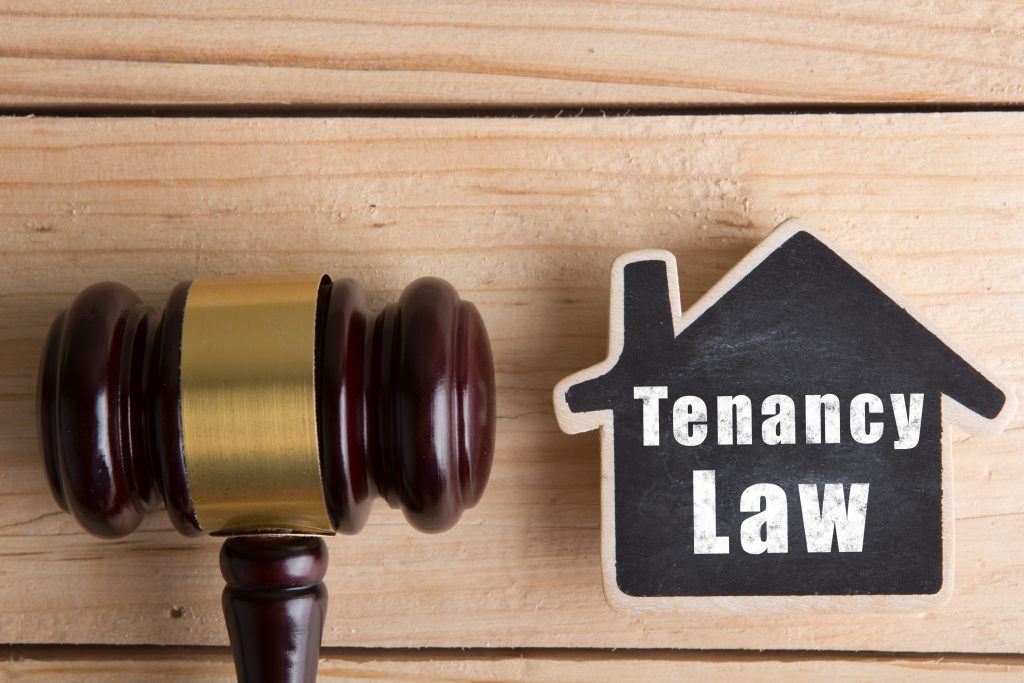As of 2023, the indexation rate for HECS debt in Australia is 7.1%. This means that the outstanding balance of HECS debt will increase by 7.1% on June 1st of each year to account for inflation.
So, if you owe $35,000, this will increase to $37,485.
For those who are considering borrowing for a home, it’s important to understand that HECS debt can affect your borrowing capacity. Lenders take into account a borrower’s income and expenses when assessing their borrowing capacity, and HECS debt is considered an ongoing expense.
When calculating borrowing capacity, lenders typically assume that the borrower will be making repayments on their HECS debt at the minimum repayment rate. The minimum repayment rate is currently set at 1% of taxable income and is adjusted annually based on income.
If a borrower has a high level of HECS debt, their minimum repayment rate could be quite significant. This could reduce borrowing capacity, as it would be considered an ongoing expense. This needs to be taken into account when assessing ability to make mortgage repayments.
However, it’s worth noting that HECS debt is not considered a bad debt by lenders. It is a relatively low-cost form of borrowing. In fact, some lenders may even take a borrower’s HECS debt into account as part of their overall financial position.
Overall, if you’re considering borrowing for a home and you have HECS debt, it’s important to factor in. Understand the impact of your HECS repayments on your borrowing capacity. This can help you to determine how much you can realistically afford to borrow and repay over time.





 October 26, 2020
October 26, 2020 




















